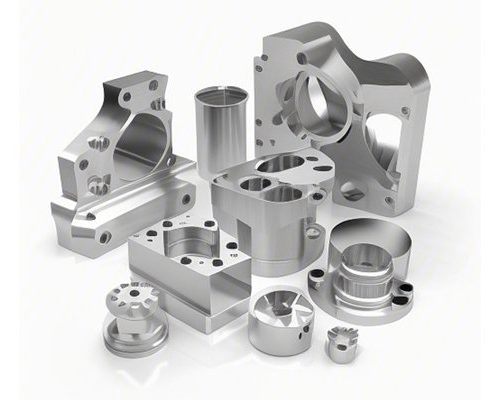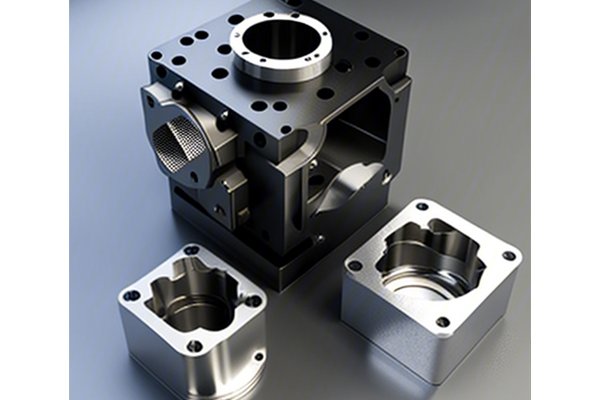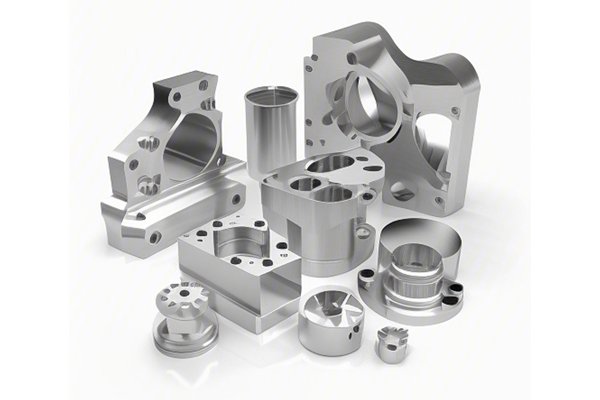Have you ever wondered what makes certain materials a game-changer in the world of manufacturing? Enter low melting point steel—a unique marvel with properties that set it apart from conventional steel options. In an age where efficiency, precision, and durability are king, understanding the applications and advantages of low melting point steel could be the key to innovating your manufacturing processes. If you’re ready to dive deep into this fascinating material, buckle up. We’re about to embark on a detailed journey that will illuminate the wonders of low melting point steel!
What is Low Melting Point Steel?
Let’s kick things off by defining what we’re talking about. Low melting point steel typically refers to an alloy containing elements such as manganese, copper, or aluminum that lowers the overall melting temperature. When we say “low melting point,” we’re usually looking at steels that melt at temperatures lower than the typical range of around 1,370°C (2,500°F). Imagine this feature as that friendly neighbor who always lends a hand; low melting point steel is easier to work with and opens doors to a myriad of possibilities in manufacturing.
Why Use Low Melting Point Steel?
Did you know that one of the greatest hurdles in any machine shop is dealing with standard steel alloys that are tough as nails? Low melting point steel swoops in like a superhero, allowing for easier machining and fabrication. Its lower melting temperature means that it can be shaped, cut, and welded with significantly less energy. This translates into less wear and tear on your tools—sort of like how a good pair of running shoes lasts longer when you choose the right terrain. Paired with advanced CNC technology, those properties allow manufacturers to produce intricate components with incredible precision while saving costs in the long haul.
Speaking of costs, let’s talk money. We all know that keeping an eye on the budget is crucial for any business. One of the greatest benefits of low melting point steel is its cost efficiency. Because it requires less energy to heat and work with, companies can save big on their energy bills. An analogy to illustrate this might be switching from a gas-guzzler to a fuel-efficient car: both will get you from point A to B, but one will leave more room in your wallet for the things that matter.
Welding can be an absolute pain, can’t it? Conventional steels often present significant challenges during the welding process, leading to weak joints and unsightly weld seams. Low melting point steel makes it much easier to achieve good welds due to its favorable thermal properties. The material can form strong bonds with various welding techniques, providing a clean and robust finish. Picture it as a friendship bracelet that truly holds together, rather than one that falls apart after a few uses.
Diverse Applications
Let’s take a look at where low melting point steel is being put to good use. You might be surprised by the range of industries that benefit from this versatile material!
In the automotive sector, low melting point steel offers numerous opportunities to enhance vehicle parts’ design and functionality. Due to its lightweight nature when compared to regular steel, it helps in reducing overall vehicle weight, which leads to improved fuel efficiency. Think of it as swapping out your heavy winter jacket for a sleek windbreaker when going for a run; you still stay warm, but you can move more freely and swiftly.
Low melting point steel is also becoming increasingly popular in structural fabrication. Whether it’s for bridges, buildings, or other infrastructures, its ease of processing makes it an attractive choice for engineers. It allows for faster construction timelines, which is more crucial now than ever in our ever-growing urban environments. Imagine trying to build a sandcastle with easy-to-mold wet sand versus dry, stubborn sand—one helps you create faster and with greater detail.
Did you know that low melting point steel is making waves in the electronics world? In the production of small electronic components, this material enables precise shapes and fine details, allowing more intricate designs in consumer devices. With technology evolving rapidly, manufacturers appreciate being able to keep up with consumer demands without compromising on quality. Picture it like trying to fit an upgraded computer processor into a cramped laptop space; low melting point steel makes it possible.
Another fascinating application is in the medical field. Low melting point steel is ideal for producing surgical instruments and medical devices due to its biocompatibility and ability to withstand sterilization processes. As any healthcare professional would tell you, having reliable and precise instruments is essential to ensuring the best patient care. Think of low melting point steel as the dependable tool set that helps a mechanic get the job done right every time.

Advantages Over Traditional Steel Alloys
You may still be wondering, “What’s the real edge of low melting point steel?” Let’s break down some advantages it holds over traditional steel alloys.
One of the downsides of working with higher melting point alloys is heat distortion during welding or machining processes. Lower melting point steel minimizes this risk, allowing for a more stable product, ultimately translating to higher quality outputs—think of it as riding a bike down a smooth road versus a bumpy one: one takes you further, faster, and with fewer risks of wipes outs!
In manufacturing, aesthetics matter. Low melting point steel yields superior surface finishes, allowing for improved aesthetics in final products. This advantage is particularly relevant in consumer-facing industries, where the visual appeal of a product can significantly impact consumer choices. Just imagine: when was the last time you picked up a beautifully designed gadget versus one that looked like it was still in its rough draft? The first leaves a lasting impression, doesn’t it?
Tips for Working with Low Melting Point Steel
Now that you’re armed with knowledge about the benefits and applications of low melting point steel, let’s look at some practical tips for working with it.
Investing in the appropriate machinery designed to handle low melting point steel is vital. Ensure your tools are compatible to exploit the material’s advantages fully and maximize efficiencies. This step is akin to getting the right gear before heading out for a marathon—you’ll want to set yourself up for success!
While working with this steel might seem straightforward due to its lower melting point, it’s essential to implement effective cooling methods during machining to prevent any unwanted alterations to the material’s properties. Like icing a cake, cooling helps maintain the structure while working your magic.
When welding or cutting low melting point steel, ensure that you maintain appropriate temperatures. Getting too hot can lead to deformation, diminishing some of that prized accuracy. Think of it like baking bread—too much heat turns a masterpiece into a charred mess.
Conclusion: The Future of Low Melting Point Steel
As we wrap up our journey through the world of low melting point steel, it’s clear that this material holds compelling advantages for various industries. Its ease of machining, cost efficiency, enhanced weldability, and applicable potential across numerous sectors make it an essential component of modern manufacturing.
So, the next time you find yourself pondering the need for innovation in your projects, think low melting point steel. It’s like having a toolbox full of handy gadgets that unlock your creative potential, one weld at a time. With all these insights, I hope you’re inspired to dive deeper into the potential of low melting point steel and perhaps even consider incorporating it into your own manufacturing processes. Are you ready to experience its transformative qualities firsthand? Let’s make some sparks fly!
Whether you’re a seasoned engineer, a curious student, or simply someone fascinated with materials and technology, there’s always something new to discover in the world of engineering. Embrace the exploration, and who knows what you might create?
—



